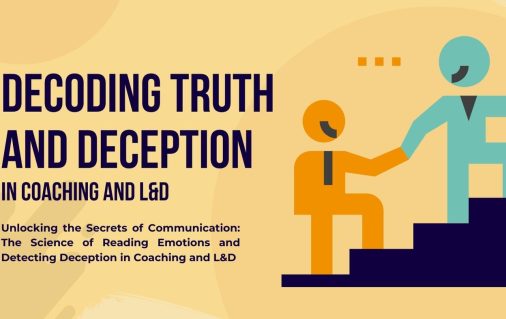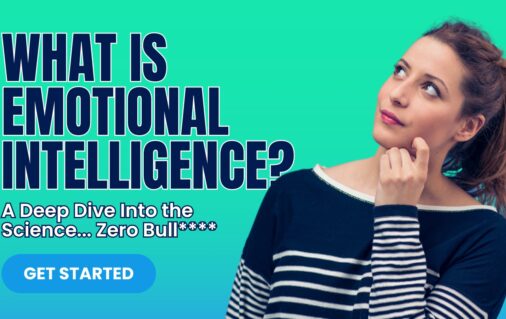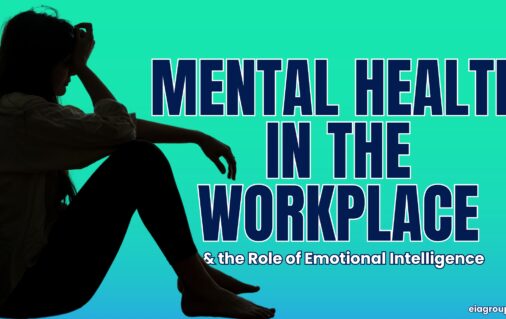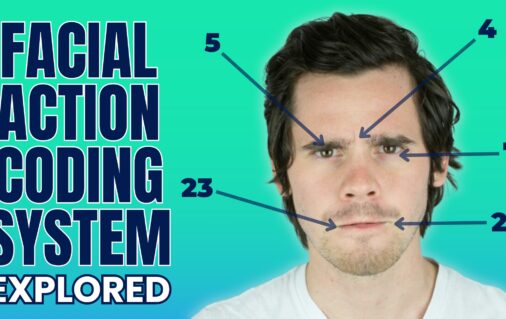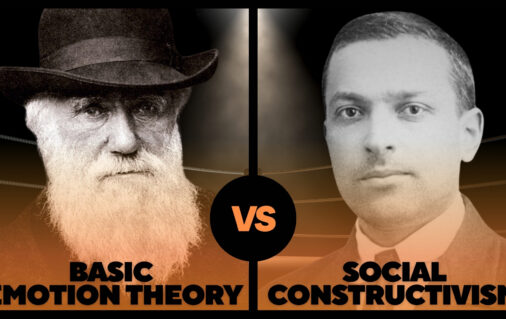Emotional Intelligence Models
Emotional Intelligence is a vital attribute to being able to function well within society, however its measurement is complex. The various models of measurement create a specific challenge in determining which model is best to use, how to compare results across models, and which model can accurately measure an individual’s true emotional intelligence.
Emotional Intelligence: Three Models
There are three main types of emotional intelligence models. These are known as the Ability Model, the Trait Model, and the Mixed Model. All of these have their own specific focuses and definitions of emotional intelligence. The names of these model groups correspond to how the model views emotional intelligence, as an ability that can be learned, as a natural inherent trait, or as both.
Ability Model
In 2000 the Multifactor Emotional Intelligence Scale (MEIS) was the first test of its kind to measure EI as an ability. This method was revised in 2002 as the Mayer- Salovey-Caruso Emotional Intelligence Test (MSCEIT).
Ability Models define emotional intelligence as the ability to perceive, understand, manage, and use emotions. These abilities are hierarchical in nature. Therefore, to be considered emotionally intelligent one must be highly competent in each of these four areas (Mayer et al. 2003; Mayer et al. 2016).
Examples of Ability Models of Emotional Intelligence:
– The Mayer Salovey Caruso Emotional Intelligence Test (MSCEIT)
– The Emotional Accuracy Research Scale (EARS)
– The Emotional Intelligence Scale for Children (EISC)
– The Freudenthaler and Neubauer Emotional Intelligence Performance Test (FNEIPT)
Trait Model
Trait Models describe emotional intelligence as a set of social and emotional traits and competencies that a person naturally has.
Examples of Trait Models of Emotional Intelligence:
– The Schutte Emotional Intelligence Scale (SEIS)
– The Trait Emotional Intelligence Questionnaire (TEIQue)
Mixed Model
The Goleman Model is an example of a Mixed Model, which defines emotional intelligence as a combination of both a trait and ability i.e., natural predispositions and tendencies, along with learned skills and strategies. The Goleman Model specifically has been criticized a lot by researchers because it lacks scientific evidence. However, due to the popularity of Goleman’s book, this model is quite popular in the corporate world.
Examples of Mixed Models of Emotional Intelligence:
– Emotional Competency Inventory (ECBI)
– The Emotional Quotient Inventory (EQ-i)
Emotional Intelligence Measurement
It can be very difficult to measure emotional intelligence because emotions are so personal and are often hidden or manipulated.
There are three main ways that researchers gain information from people to assess their level of emotional intelligence (Rathore & Chadha, 2015).
First is self-report. This is a questionnaire that is completed by the person that is being assessed. Next is informant-reporting, which is when someone else (or multiple people) comment on the person being assessed e.g., friends, coworkers, family. Lastly is performance-based assessment, this reviews how someone completes tasks or behaves in situations.
Many studies in this field use self-report questionnaires to collect data, but this assumes that people are self-aware enough to accurately evaluate their emotions, the situation they are in, and relationships (Bauer & Freitag, 2017). A primary flaw of self-report as a method, is the assumption that our evaluation of ourselves is accurate. This leaves a dangerously large margin for error and bias and is limited by someone’s self-awareness, accuracy and honesty.
Those with pathologies, addictions, or mental illnesses, may deceive others regarding the seriousness of an issue, or believe that it is normal. Reality may be very different than what is revealed or disclosed in a questionnaire, hidden factors may influence results. This can influence someone’s answers in self-report assessments and as a result, it can impact the level of emotional intelligence scored.
There are methods beyond self-report that can have less risk for personal bias. Potential alternatives may be external assessments, like the expert consensus scoring or informant-based assessment used in some emotional intelligence models. Through this, bias may be minimized, though not eradicated, since other people, including ‘experts’ can also be biased.
Self-report tests analyze performance on a day-to-day basis (typical performance). When researchers began to construct measurement methods, they didn’t differentiate between the measurement of typical performances i.e., daily behaviours, and maximum performance i.e., someone’s best (Cronbach, 1949; Hofstee, 2001). Maximum-performance measurement is necessary for the assessment of genuine intelligence (Jensen, 1998).
In ability emotional intelligence tests, the right response is determined on the basis of an external standard, however the developing of this benchmark has been (and still is) a major challenge. To define a single best emotional experience or response is problematic, because the way we effectively manage our emotions can vary between people. Also, the appropriateness of an emotional response can be significantly influenced by the context and background of the individual. Emotional experiences are highly subjective (Matthews, Zeidner, & Roberts, 2007).
It appears that ability models (specifically the MSCEIT model) may not be very precise when measuring average and high emotional intelligence. Therefore, in practice and research, it’s best if this test is used to detect people who are expected to have low emotional intelligence. It will likely fail to distinguish between average and above average emotional intelligence, delivering similar scores to individuals with very different emotional intelligence levels (Antonietti et al., 2014).
Mayer, Salovey, and Caruso (1999) advocated that a consensus-based system of scoring was most accurate. Consensus and expert scoring do not reveal cognitive ability, and it is unclear what these results really show. Results can be caused by numerous factors. For example, someone could be confused about a task because of the vocabulary used in the questions/instructions, or a response could be influenced by a stereotypical expectation or influenced by the social environment (Austin, 2010; Freudenthaler et al., 2008; O ’ Sullivan, 2007; Wilhelm, 2005).
Also, the ‘experts’ used in consensus scoring often score very similar to non-expert consensus scoring. There is little known about the actual qualifications of the ‘experts’ used in the expert consensus scoring. Further, just because people are in consensus (i.e., everyone agrees), this doesn’t mean that they are correct. In this way some argue that this shows conformity to social norms, more than true emotional intelligence.
Though there is a large percentage of similarities on emotional intelligence testing results, they may not all be accurate. These results of emotional intelligence tests may expose common theories, rather than fully representing specific emotional intelligence levels. For example, someone can respond to an image (e.g., a smiling person) from an either positive or negative perspective, identifying it as ‘very happy’ or ‘not sad’. This means that scores are influenced by interpretation, creating results that do not necessarily reflect emotional intelligence (Maul, 2012; Larsen et al., 2009).
EIA Group are delighted to be able to contribute to the development of Emotional Intelligence(EI) measurement with their new e-Factor® ability EI tool. It triangulates ‘Self’, ‘360’ and ‘Situational Judgement Tests/Videos’ to provide an EQ score (out of 200) that is about performance…not just perception or knowledge. See here for more details about e-Factor.
Measurement Summary
In conclusion, each emotional intelligence model has strengths and weaknesses. There is no best model to determine emotional intelligence; rather a model should be chosen based on the objectives and preferences in an evaluation. The emergence of emotional intelligence has been incredibly valuable for related scientific sectors, and it will be exciting to watch how this research develops over time.

